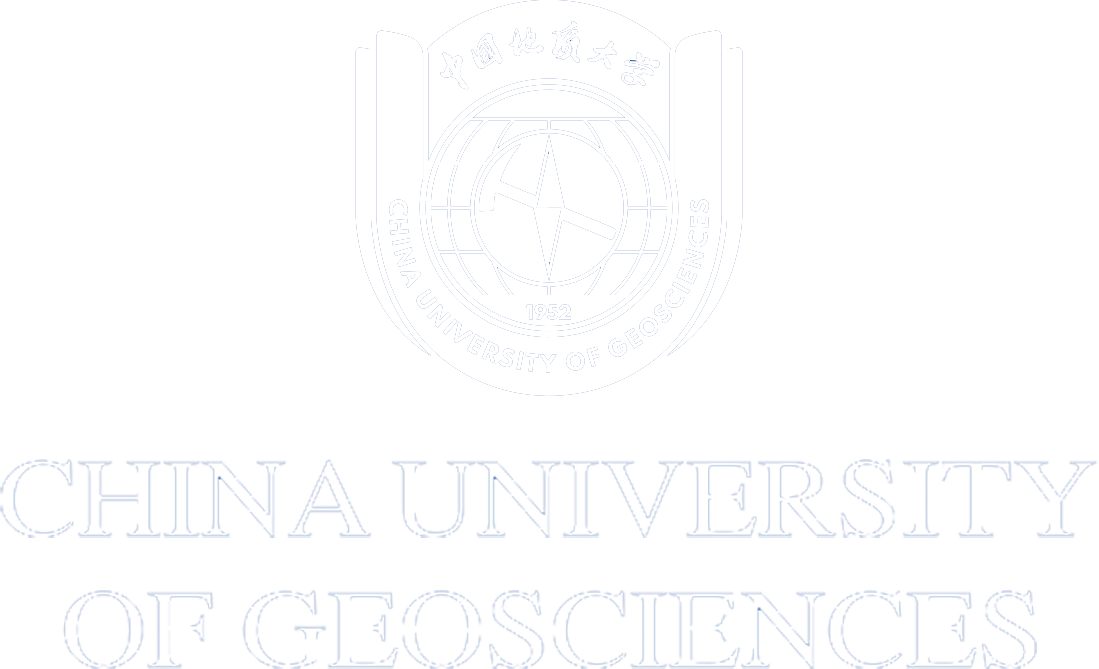Copper (Cu) isotopes are utilized to track Cu geochemical cycling in weathered gleysols of tropical zones. A significant isotope fractionation of Cu in these soils is primarily redox-controlled; however, it is rarely reported how the frequency of redox fluctuations affects the soil Cu isotope signature. This study investigated the variations of Cu content and isotope fractionation in two low-humic gleysol profiles (S1 and S2) from a dry tropical savanna zone. Owing to redox oscillation during weathering, δ65Cu values in profile S2 showed a stronger positive correlation with the mafic index of alteration of reducing environment than S1, and isotopically light Cu is more retained in the Zone II of profile S2 than S1. As the frequency of redox fluctuation increased, the retained stable Cu(I) species and light Cu isotopes increased in the residual soils through re-adsorption or re-precipitation by iron oxyhydroxide (i.e., ferrihydrite). Importantly, an Mn-enriched zone was formed after reduction events in profile S2, and found to be enriched in light Cu isotopes. The heavier Cu fraction might be lost by adsorption on Fe oxyhydroxides in the Mn-rich zone, while the relatively light Cu might be retained through adsorption on Mn oxyhydroxides. Additionally, a significant Soil Organic Carbon (SOC) contribution to Cu was found due to the high δ65Cu-SOC correlation (R2 = 0.80) in S1 (depth <1 m). Therefore, our study shows that the Cu isotope signature can respond to redox changes in the terrestrial ecosystem, and these Cu isotope signatures may have significant implications for assessing soil ecological vulnerability under future climate change scenarios.
Article link: https://agupubs.onlinelibrary.wiley.com/doi/10.1029/2022JF007025




 Address
Address
 E-Mail
E-Mail
 Telephone
Telephone